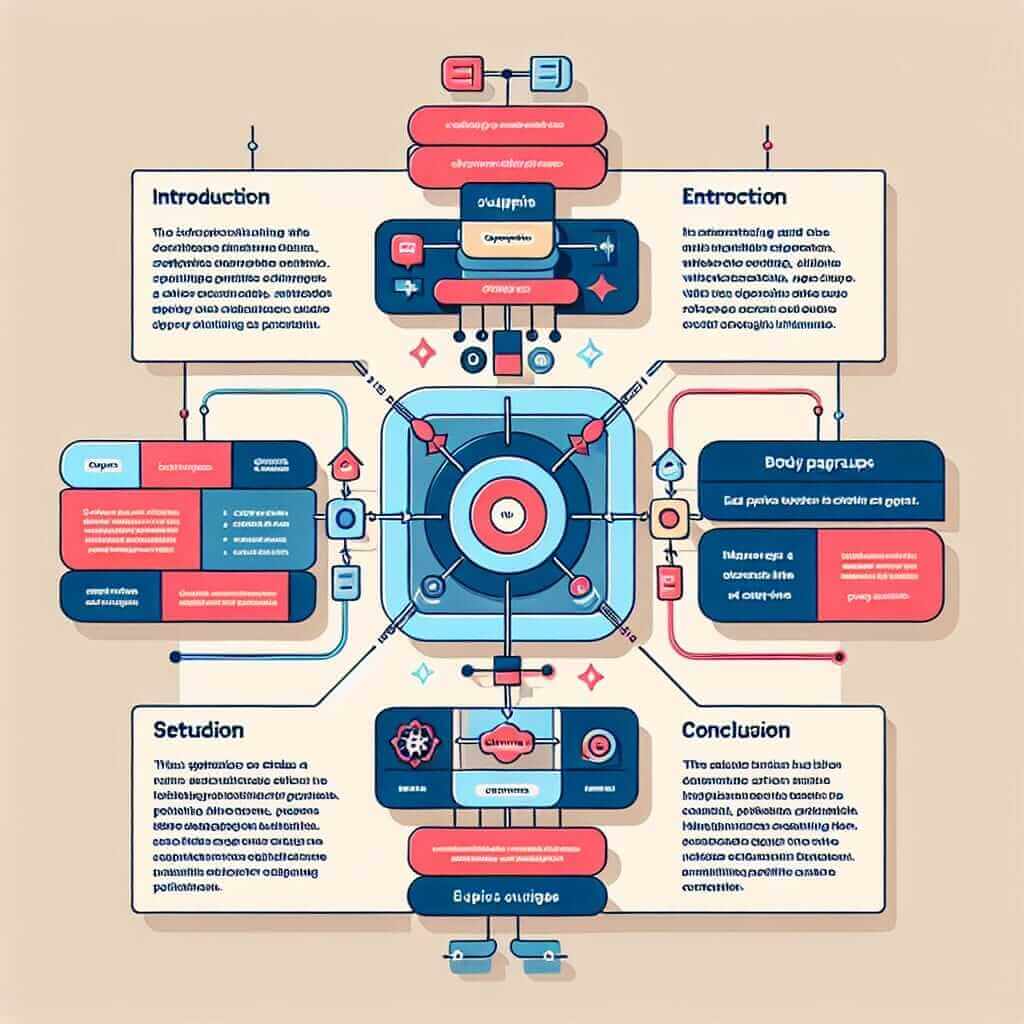In the realm of the IELTS Writing Task 2, first impressions are paramount. A well-structured introduction acts as a roadmap for your essay, guiding the examiner through your line of reasoning and setting the tone for a high-scoring response. As an IELTS instructor with over two decades of experience, I’ve witnessed firsthand the impact a strong introduction has on an essay’s overall success.
This comprehensive guide delves into the intricacies of crafting an effective introduction, providing you with the knowledge and tools to start your IELTS Task 2 essay with confidence.
Understanding the Importance of a Strong Introduction
Think of your introduction as a handshake – it’s the first point of contact with your examiner. A clear and engaging introduction achieves the following:
- Establishes your understanding of the task: It demonstrates your ability to paraphrase the question and showcase your grasp of the topic.
- Presents your stance: It outlines your position or perspective on the issue presented.
- Outlines your essay’s structure: It provides a preview of the key arguments you will discuss in the body paragraphs.
- Engages the reader: It captures the examiner’s attention, making them want to read further.
The Building Blocks of an Effective Introduction
A successful IELTS Task 2 introduction typically consists of three key elements:
1. A General Statement (Hook)
Begin by introducing the topic in a broader context. This could involve:
- Stating a widely accepted fact or observation: “In today’s rapidly globalizing world, the exchange of ideas and cultures is more prevalent than ever before.”
- Highlighting the issue’s significance: “The escalating problem of plastic pollution poses a significant threat to the planet’s delicate ecosystems.”
- Presenting a relevant historical context: “Throughout history, technological advancements have always been met with a mixture of excitement and apprehension.”
2. Paraphrasing the Question
Rephrase the essay question using your own words to demonstrate your vocabulary and comprehension skills. Avoid simply copying the question verbatim.
Example:
Question: “Some people believe that the government should invest heavily in public transportation, while others argue that private car use should be encouraged. Discuss both views and give your own opinion.”
Paraphrase: “The allocation of resources towards public transport systems versus the promotion of individual car ownership is a subject of ongoing debate.”

3. Thesis Statement
This is the crux of your introduction, clearly stating your main argument or position on the topic.
Example: “While both sides present valid points, this essay will argue that investing in efficient and affordable public transport is crucial for creating sustainable and equitable urban environments.”
Example Introduction
Let’s piece together an example introduction using the previously mentioned question about public transportation:
“In an era defined by growing urbanization and increasing environmental concerns, the way we navigate our cities is of paramount importance. The allocation of resources towards public transport systems versus the promotion of individual car ownership is a subject of ongoing debate. While both sides present valid points, this essay will argue that investing in efficient and affordable public transport is crucial for creating sustainable and equitable urban environments.”
Tips for Writing a Stellar Introduction
- Keep it concise: Aim for 3-4 sentences and no more than 60 words.
- Use linking words: Employ transition words like “however,” “moreover,” and “in contrast” to create smooth transitions between sentences.
- Stay on topic: Ensure your introduction directly addresses the essay question and avoids irrelevant tangents.
- Proofread carefully: Check for any grammatical or spelling errors that could undermine your credibility.
Conclusion
Mastering the art of writing an effective IELTS Task 2 introduction is a vital step toward achieving your desired band score. By following the structure and tips outlined in this guide, you can confidently lay the groundwork for a well-organized, insightful, and ultimately successful essay. Remember, practice makes perfect, so continue honing your writing skills, and soon, you’ll be crafting introductions that impress even the most discerning examiners!